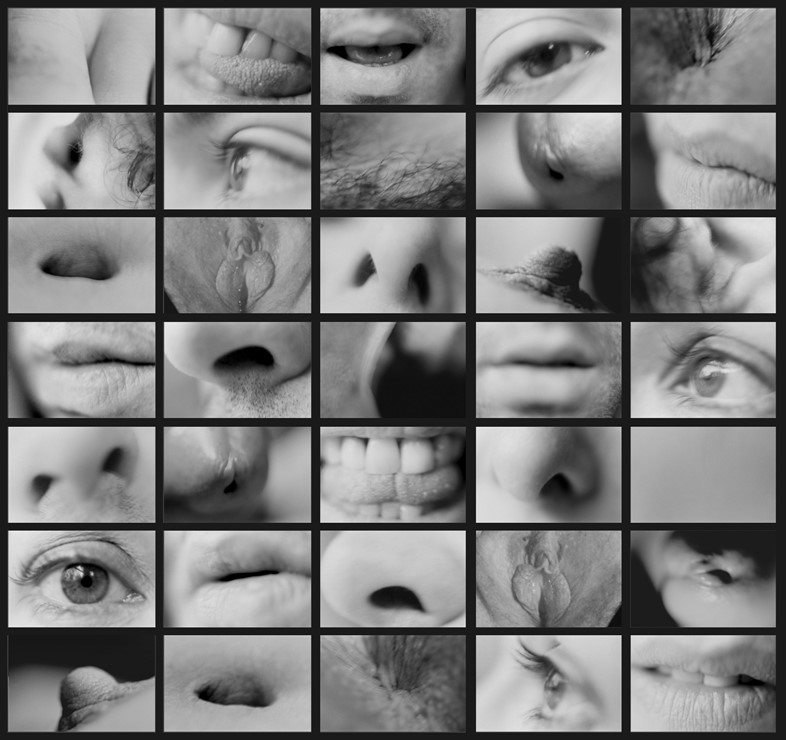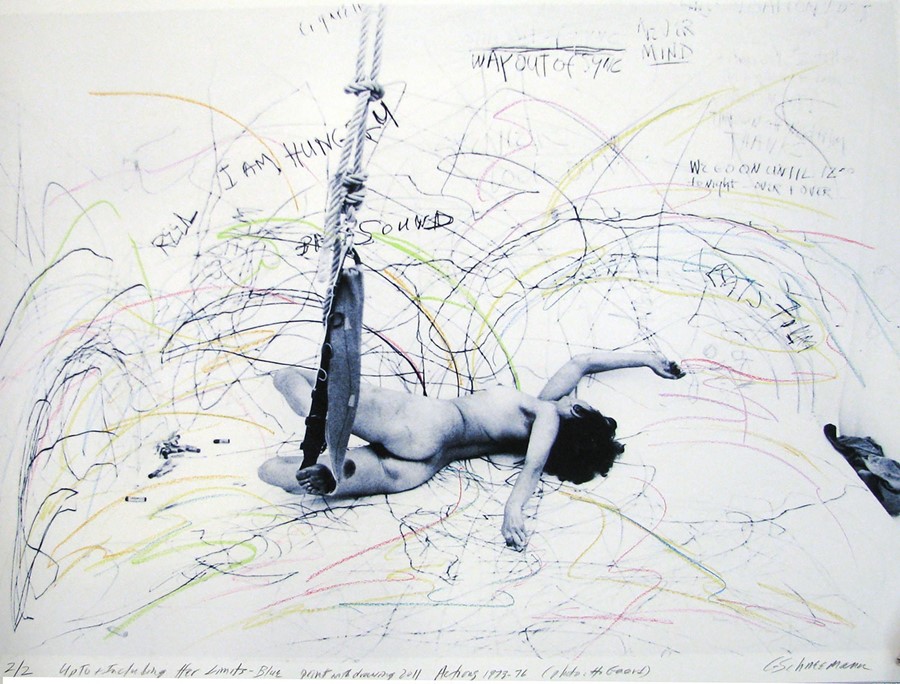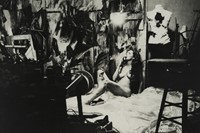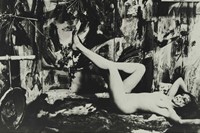After a series of Carolee Schneemann’s works go on display in New York, Miss Rosen charts the radical feminist artist’s influence on art
Just before pioneer radical feminist artist Carolee Schneemann died in 2019 at the age of 79, the establishment finally honoured her work, awarding her the Golden Lion at the Venice Biennale and staging her first comprehensive retrospective at MoMA PS1. The trailblazing artist, best known for works including Meat Joy (1964) and Interior Scroll (1975), frequently used her body to challenge the patriarchy and reclaim the power of women’s sexual agency before, during, and after the Women’s Liberation Movement.
For her efforts, Schneemann was expelled from Bard College, physically attacked during one performance, and rejected by feminists as pandering to the male gaze. Yet Schneemann was a giant upon whose shoulders so many women artists and pop culture icons stand, and her legacy is being honoured with a selection of iconic works in the “Cruel Optimism” section of the Felix LA Art Fair.
Included in the exhibition are photographs of Schneemann from Eye Body: 36 Transformative Actions for Camera (1963), Portrait Partials (1970/2007), and Up to and Including Her Limits–Blue (1973–76/2011) – revolutionary works that subverted the idea of women’s bodies existing merely as an object for the delectation of men. As both artist and subject, Schneemann liberated herself from male control, restoring the female body as a symbol of power by being fearless, daring, and bold.
“Carolee made her mark early with her performance pieces in the 60s and her groundbreaking Interior Scroll really detonated art history,” artist Judith Bernstein tells AnOther. “This piece was first performed at the show Women Here and Now in East Hampton. She asked Joan Semmel, who organised the exhibition, if she knew which type of glue would work best with vaginal fluid. Joan had no clue. Carolee used the vagina as the source of where her creativity lies, and gave birth to a literal and psychological scroll. It was a voice from within.”

Bernstein first met Schneemann in New York in the 1970s and recounts stories of when “we were both much younger and hot. We hung out together at bars to get connected, meet guys, and have affairs. It was much more uptight in the 50s and 60s but in the 70s, all holds broke loose. It happened almost overnight because of the Pill. Women wanted sexual gratification and got it. It was a liberating time and the work dealt with that.”
Schneemann and Bernstein both dealt with issues of sex, power, and politics in a confrontational manner, and showed in many group exhibitions together. “Our sensibilities overlapped. Both our practices came from our inner core. We were both screaming to be heard. It was an artistic sisterhood,” says Bernstein, who was a founding member of the first all-women’s cooperative AIR Gallery. “There was a group of people that were doing work on sexuality that got together and hung out: Louise Bourgeois, Joan Semmel, Hannah Wilke, so that we had a group that was very supportive of what we were doing.”
Despite their efforts, both Bernstein’s and Schneemann’s work was rejected and scorned by feminists of that time. “They had a very narrow attitude about what feminism was about. It was puritanical in terms of what women were allowed to do,” Bernstein says. Nevertheless, “We did what we wanted. You didn’t think you were going to sell or get money. This is what we had to do. I’m glad I lived long enough to see that art went in our direction.”
Works by Carolee Schneemann were presented by P.P.O.W. Gallery in the “Cruel Optimism” section of the Felix LA Art Fair from February 13 – 16, 2020.






